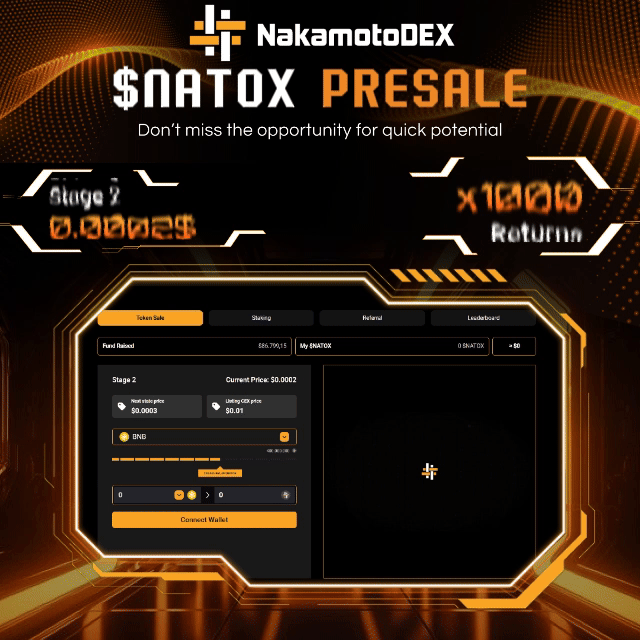FinTech IPO Outlook: Profits and Platforms Take Center Stage

By any stretch of the imagination, for the FinTech IPO Index, the last 12 months have been largely kind.
Headed into 2025, the index was up more than 58% through the previous year, far outpacing the Nasdaq’s 28.6% advance through the same period.
With those gains in the rearview mirror, the question remains: What’s next? In an environment where volatility is the norm — most of our names (33 out of 45) trade still below their initial public offering (IPO) prices — profits and platforms may matter to the Street more than ever in the next 12 months.
To be sure, there are some high-profile IPOs on the horizon, which may perk up interest in FinTechs, and move investors to “kick the tires” on names that are already publicly traded and have a bit of history behind them. Chime has submitted a confidential filing that opens the door to a public listing this year. Klarna is readying for its own debut, too, as noted here. Stripe is reported to be eyeing an IPO, too. Klarna’s recent reported valuations reveal the volatility inherent in the FinTech realm: The recent $14 billion plus valuation of the buy now, pay later (BNPL) provider is well above the nadir of $6.7 billion seen in 2022 but is significantly below the $45.6 billion of 2021, when a raft of FinTech IPOs (including 27 names in our index) came to market.
Momentum May Carry Over Into 2025
Momentum may be on the side of FinTechs in the current year. First there’s the momentum of the overall markets, which may be readying for the incoming presidential administration, which some investors and executives expect to be arguably “business friendly” in terms of regulations, crypto and taxes (which, of course, impact profits, and profits in turn impact valuations).
Beyond that, interest rates are well off their peaks. Interest rates represent a hurdle of sorts for investing, as returns above what can be “earned” simply by lending capital are lures to investing in companies themselves (and buying equities). Lower interest rates also may spur more activity on lending platforms such as Upstart.
Deals in the Making?
And 2024 was notable for the FinTech IPO Index due to acquisitions. Nuvei went private, and in a $6.3 billion deal became a wholly owned subsidiary of PE firm Advent International. At the time of announcement, the deal represented a 56% premium to Nuvei’s trading price. Elsewhere, and just last month, MoneyLion entered a definitive agreement to be acquired by Gen Digital for $1 billion (investors seemingly had been anticipating such a corporate action, as shares were trading at or above the $82 per share level into the announcement).
The two deals — both of them bids for platform companies, where Nuvei has been focused on payment processing and MoneyLion’s been building out a financial services ecosystem — represent what might be on investors’ radars. Platforms are extensible and can be broadened to include new services and products, and can, with enough scale, become global. BILL.com’s up roughly 136% since its IPO, and as PYMNTS has reported, has been announcing new capabilities aimed at modernizing and streamlining B2B and corporate back office processes and payments. BNPL, perhaps no surprise, has been a standout for the past several months, as noted by PYMNTS Intelligence research and by the fact that Sezzle is now nearly 235% above its offer price.
For quickly growing corporates, investors tend to look at multiple such as price to sales, and whether EBITDA, a rough measure of cash flow (and thus operating, not net profits) are positive. The average price-to-sales ratio across our universe of coverage stands at 5.6, versus a roughly 5.8 multiple as estimated by sites such as macrotrends. It took a while, but on at least some metrics, FinTech valuations are moving more in line with their benchmarks … which might spur some more acquisitions, as venture capital becomes more consolidated and areas “other” than artificial intelligence (AI) gain attention.
The old investment disclaimer is that “past performance does not guarantee future results,” but for the FinTech IPO Index, there are some real tailwinds in place.

Amex Exec Says Payment Tech Will Drive SMB Customer Loyalty
“It’s important that businesses make sure they’ve got the right technology in place to ensure that their front-end checkout experiences, as well as their back-end processes, are operating as efficiently and as effectively as possible,” American Express Vice President of U.S. Merchant Marketing Tessa R. Dooley told PYMNTS.
Adopting operational agility and cutting-edge payment technologies can help SMBs succeed, Dooley said. Offering customers multiple payment options is no longer a luxury; it’s a strategic imperative. According to the Amex Trendex: Digital Payments Edition, surveyed merchants estimated that one-third of their sales transactions are made using digital payment options like mobile wallets and contactless payments. Businesses should cater to this demand to stay competitive.
“Businesses should take a cue from these industry trends but also analyze their own customer data to tailor payment options that best meet their customers’ preferences,” Dooley said. “Offering different payment options to customers, especially during high sales periods like the holidays, can help give businesses a leg up on the competition.”
The rise of contactless payment options and mobile wallets, already adopted by most businesses, has reshaped consumer expectations for quick and secure transactions.
The Payments Advantage in Competition
Certain times of the year, such as the just-ended holiday shopping season, present unique opportunities for SMBs to capitalize on increased consumer spending while laying the groundwork for future success. Tools like digital payments, loyalty programs and operational automation can benefit customers and, in turn, help SMBs.
Flexible payment solutions, such as buy now, pay later (BNPL), are also customer favorites. Dooley said American Express’ own BNPL offering, Plan It, empowers SMBs to provide customers with installment payment options, enhancing accessibility and affordability.
Beyond payments, operational preparedness is critical during busy seasons. SMBs should streamline inventory management and simplify the returns process across multiple sales channels.
“Prioritizing tools to automate and streamline your payment processes helps to make [a busy] sales period manageable,” Dooley said. “It can help businesses to manage their cash flow, save employees time that they might have spent on more manual processes, and help ensure that transactions stay secure.”
American Express offers a range of resources to help SMBs, including its Business Savings Suite. Over the holidays, the company highlighted offers from brands that businesses could use to help improve their marketing, Dooley said.
Additionally, for the 15th Small Business Saturday and holiday season, American Express provided educational tools and resources to help SMBs maximize their holiday sales and beyond.
Building Customer Loyalty
Understanding customer behavior is another factor for success, she said. It’s a key area where data-driven insights can help SMBs develop effective loyalty strategies to retain existing customers and attract new ones.
“Insights from customer data can translate into effective loyalty strategies,” Dooley said, highlighting how targeted offers can amplify growth.
Businesses that use these insights are positioned to differentiate themselves in a crowded marketplace, and American Express’ Amex Offers platform can help. With Amex Offers, merchant advertisers can serve relevant, personalized offers to Amex card members based on how they spend, which can help drive business.
Payment technologies promise to remain a cornerstone of SMB growth. By prioritizing digitization and streamlined processes, businesses can free up resources to focus on their core strengths, such as product innovation and market expansion, she said.
“When businesses prioritize digitization and streamline their payment processes, they can spend more time thinking about how to innovate their product suite or how to connect with new customers,” Dooley said. “We’re passionate about seeing our merchants succeed.”






